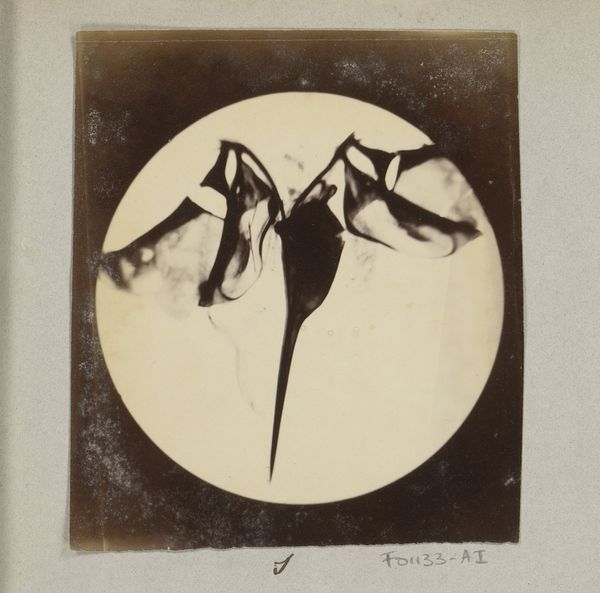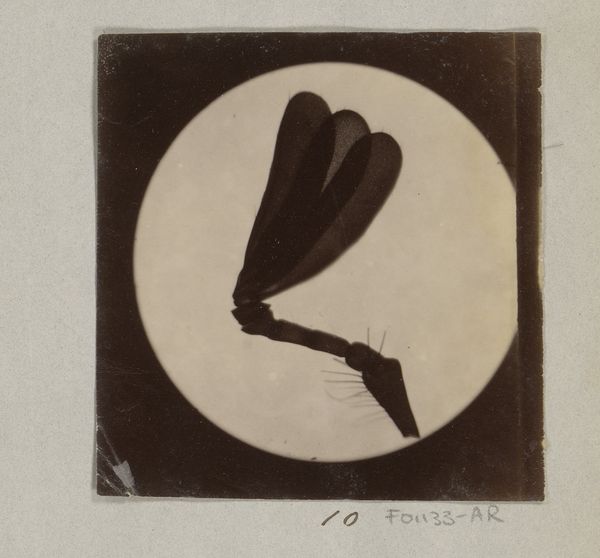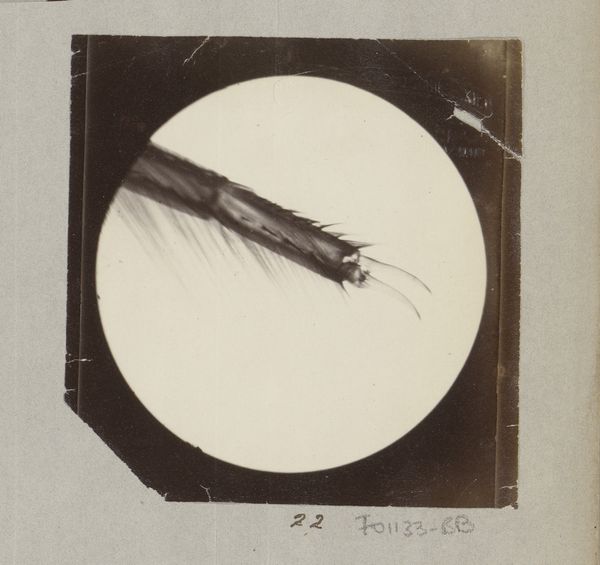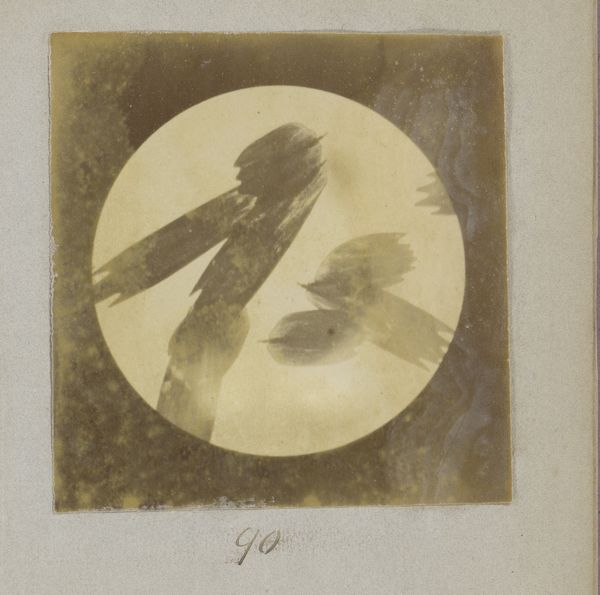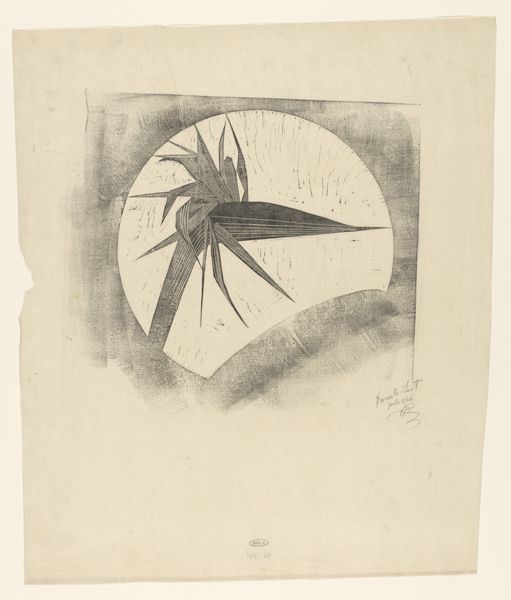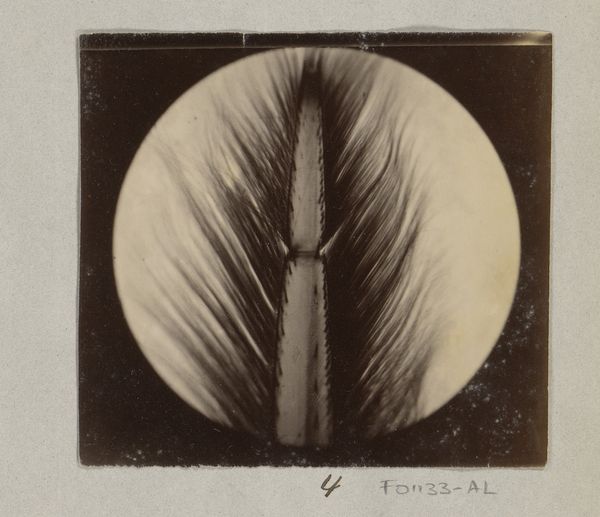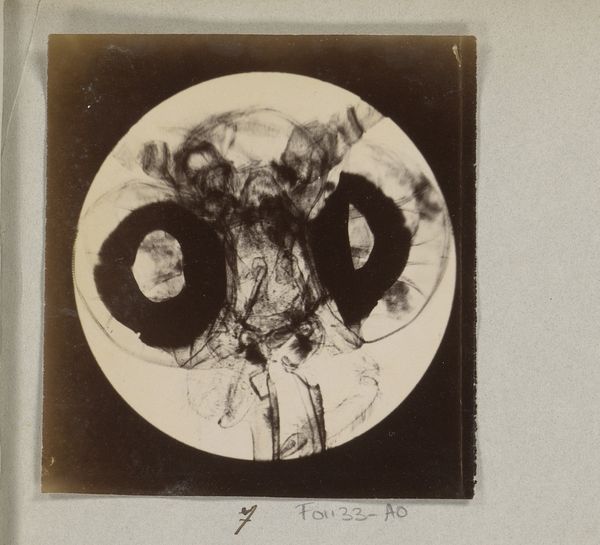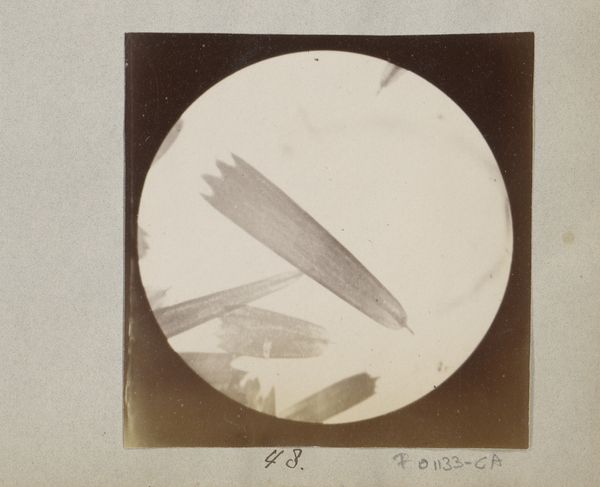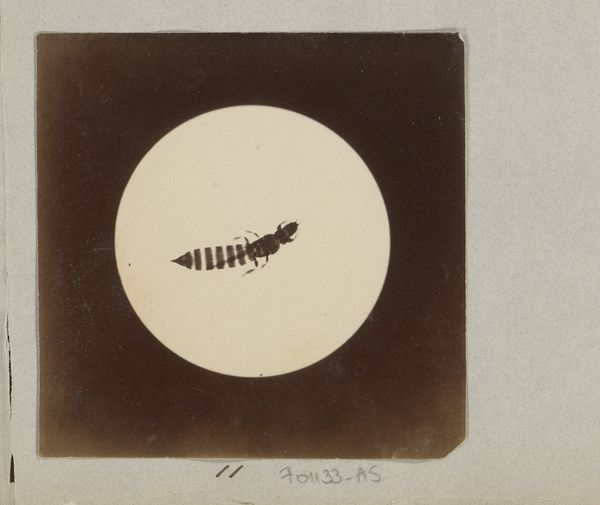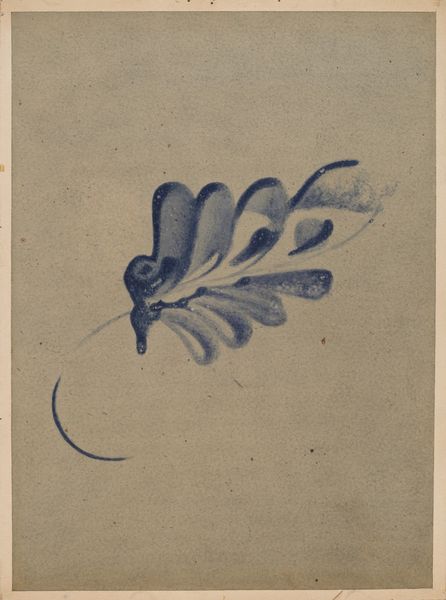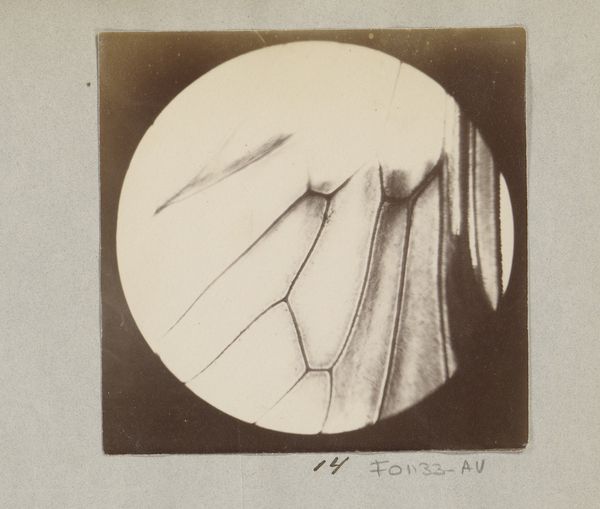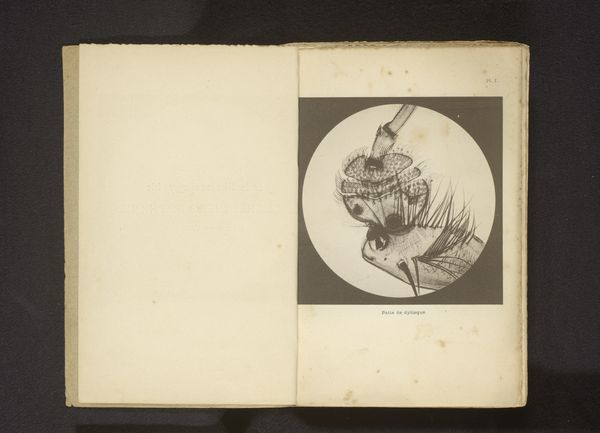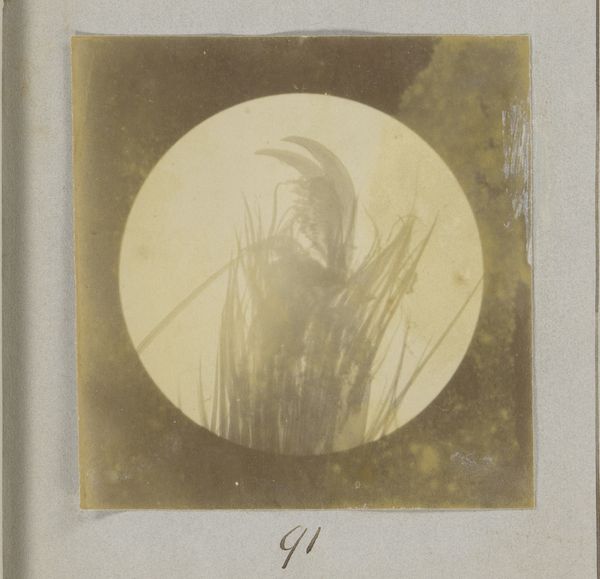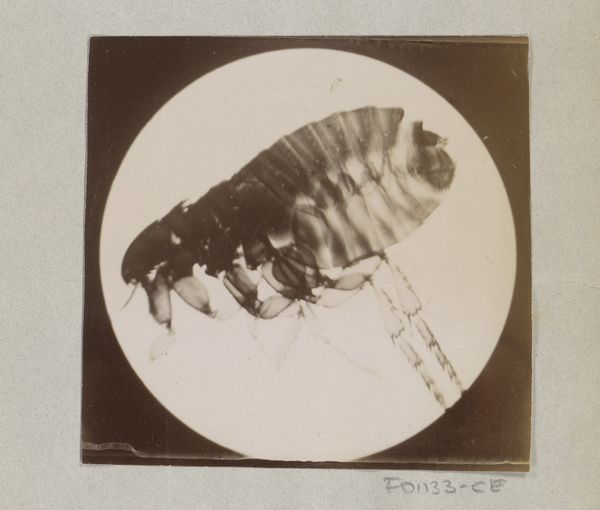
daguerreotype, photography
#
still-life-photography
#
daguerreotype
#
photography
#
realism
Dimensions: height 110 mm, width 96 mm
Copyright: Rijks Museum: Open Domain
Editor: This is "Microscopische opname van kop van een mug, 25 keer vergroot," taken by Marinus Pieter Filbri between 1887 and 1888, using daguerreotype and photography. The monochrome image inside a circular frame appears incredibly detailed for its age. What strikes me is how the objective process reveals hidden structural forms. What's your take on it? Curator: From a materialist perspective, the choice of daguerreotype is crucial. This early photographic process involved meticulously coating a silvered copper plate. Think about the labour involved in preparing each plate, polishing it, and then exposing it to mercury vapor to develop the image. It elevates scientific recording to a craft, blurring distinctions between artistic and scientific practices. Editor: So, you're saying the labor-intensive process itself is key to understanding the artwork? Curator: Precisely! The materials and the specific photographic process are integral. Consider how photography, originally developed for documentation and scientific purposes, democratized representation, challenging traditional artistic hierarchies. Here, we see an intersection of scientific exploration, labor, and technology impacting cultural understanding and how society can perceive small organic life differently. What impact do you think increased magnification capabilities of materials had upon consumption trends during the period this photo was developed? Editor: Hmm, interesting. I never considered the link between materials and broader trends! So it’s not just about the final image but about recognizing the convergence of materials, the science, and shifts in society during the late 19th century? Curator: Absolutely. Understanding the methods and how they impacted cultural production expands its story, giving the image far more depth. Editor: Okay, I see the piece in a totally different way now. Thanks!
Comments
No comments
Be the first to comment and join the conversation on the ultimate creative platform.
